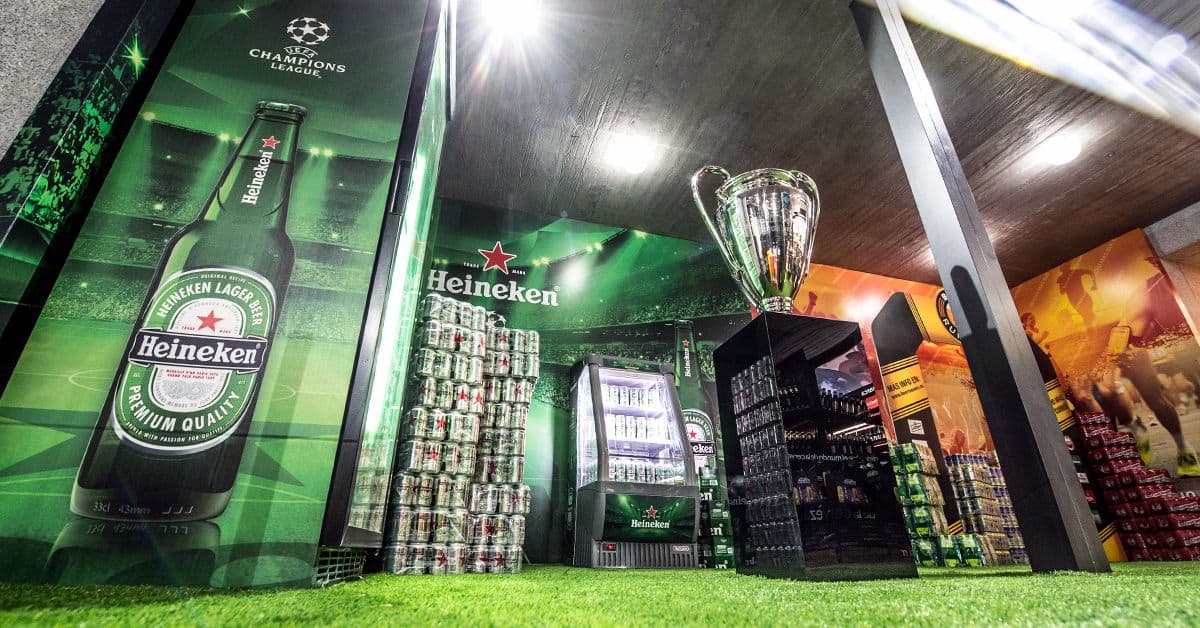Retail Analytics. How to monetize the data generated by your stores

There are three reasons that explain the exponential growth of eCommerce in recent years.

Comas
Design and functionality come together in the new Comas Beauty Store
Data dominates all our decisions: which products we display, which ones we promote, or when we do so.
For brands and distributors, stores are a source of highly qualified data and a complement to their digital platforms.
In this post, we’ll give you the keys to put them at the service of your decision-making process.
Can Retail emulate this ability to capture data?
One of the most viralized cases of analysis of Retail data was the Target one, a multi-brand chain in the US, where it was speculated how Target, through a follow-up of the products bought by women in its stores, was able to analyse their consumer trends and predict when they were pregnant, anticipating their next acquisitions with a more effective, targeted advertising strategy.
It was never clear, even to this day, if the original article analysing the case was, in fact, covert advertising from agencies devoted to exploiting data, but it does illustrate perfectly the potential that data has for Retail in our business.
And best of all, the cost of these systems gets lower every day.
What data can be collected in a physical store
To explain this relatively new and complex world in the most orderly way possible, in this article we will establish two categories that help us understand the types of data that it’s possible to collect in a store.
The first, according to its origin:
How to monetize the data obtained
The first step is to set a specific objective behind each piece of information that we want to collect. Ask the right questions.
Especially because a single piece of information won’t usually be of much use. It’s by cross-referencing the concrete data that we really begin to extract the Retail Consumer Insights. That’s when we learn about our consumers.
We will see this compiled in our dashboards, which automate this cross-referencing. But let’s get to the real point about the main benefits that we can obtain from Retail Analytics.
Let your store tell your story.
Because our heart is where your store is.
Because we are retail thinkers and space makers.
Because we are the global-local partner that you need.






































